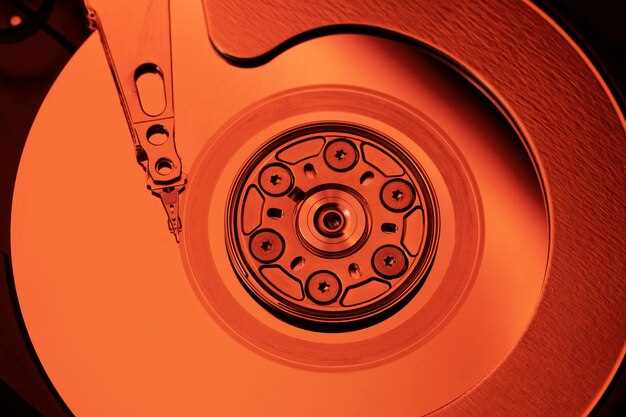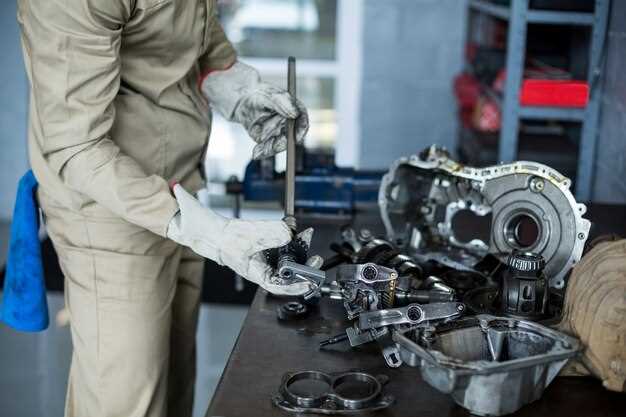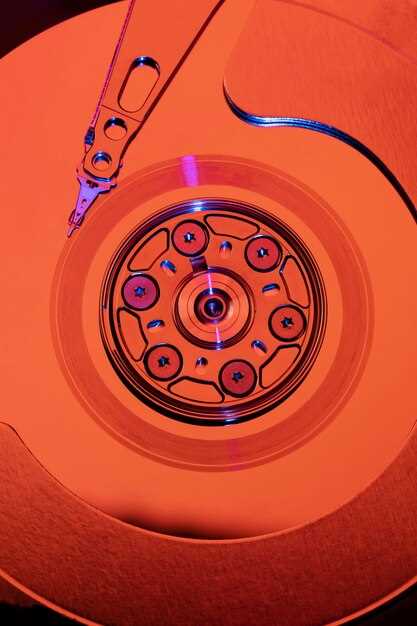
The clutch system plays a crucial role in the operation of a vehicle, facilitating the transfer of power from the engine to the drivetrain. An optimal performing clutch system ensures smooth gear transitions, enhances driving comfort, and prolongs the life of the vehicle’s components. Understanding the intricacies of clutch performance is essential for both everyday drivers and automotive enthusiasts seeking to maintain their vehicles in peak condition.
Regular maintenance of the clutch system can prevent premature wear and costly repairs. Factors such as the type of driving, climate conditions, and vehicle load have a significant impact on clutch life. Recognizing early signs of wear, such as slipping, difficulty in shifting gears, or unusual noises, can help in addressing issues before they escalate. Furthermore, selecting the right type of clutch fluid and adhering to manufacturer recommendations are key components of effective maintenance.
In this article, we will explore various strategies to maintain optimal clutch system performance. Emphasizing proactive care, we will discuss the importance of inspections, adjustments, and timely replacements to ensure that the clutch system operates efficiently. By taking a systematic approach to maintenance, drivers can enhance their vehicle’s performance, safety, and longevity.
Regular Inspection Techniques for Clutch Components

Regular inspection of clutch components is critical for ensuring optimal performance and longevity of the clutch system. Technicians should employ a systematic approach to evaluate the health of the clutch assembly, which includes the clutch disc, pressure plate, release bearing, and related components.
Visual inspection is the first step in assessing the condition of clutch components. This involves checking for visible signs of wear or damage such as cracks, excessive glazing on the clutch disc, or uneven wear patterns. A thorough examination of the pressure plate should also be conducted to detect any signs of warping or distortion.
Next, technicians should perform a tactile inspection. This involves manually examining the clutch disc’s friction surface for any signs of irregularities such as grooves or hot spots. Additionally, the release bearing should be checked for smooth operation and any signs of play, which could indicate wear and necessitate replacement.
Using specialized tools can enhance the inspection process. A micrometer can measure the thickness of the clutch disc and ensure it meets the manufacturer’s specifications, while a dial gauge can assess the flatness of the pressure plate. These measurements can provide insight into the component’s integrity and whether replacement is required.
Operational testing is also crucial. Engaging the clutch under various conditions allows technicians to assess its engagement and disengagement performance. Listening for unusual noises during operation can help identify potential issues with the release bearing or other clutch components that may not be visible during static inspection.
Lastly, documenting all findings during inspections is vital. Maintaining a detailed log of the condition of each component can help track wear trends and make informed decisions about future maintenance and replacements. Regular inspections combined with proper documentation ultimately lead to proactive maintenance, reducing the risk of clutch failure and ensuring optimal system performance.
Proper Adjustment of Clutch Pedal Free Play
Maintaining the correct free play in the clutch pedal is crucial for ensuring optimal clutch system performance. Free play refers to the amount of pedal movement before the clutch begins to engage, typically measured at the top of the pedal’s travel. Proper adjustment aids in smooth gear shifting, prolongs clutch lifespan, and prevents premature wear on components.
The first step involves checking the manufacturer’s specifications for free play, which can vary between different vehicles. Typically, a range of 1/2 inch to 1 inch is acceptable, but always refer to the user manual for precise measurements.
To adjust the clutch pedal free play, start by locating the adjustment mechanism, often found near the clutch master cylinder or at the pedal assembly. Some vehicles may utilize a threaded rod or pushrod with a locknut. If your vehicle has a hydraulic clutch system, adjustments might be made at the master cylinder or slave cylinder using a similar mechanism.
Using a wrench, loosen the locknut without altering its position. If the free play is excessive, tighten the adjustment rod in small increments while regularly checking the pedal movement. Conversely, if the free play is insufficient, loosen the rod to increase distance. Always ensure the adjustment is not too tight, which can cause clutch slippage or difficulty in engaging gears.
After achieving the desired free play, securely tighten the locknut to prevent any movement during operation. Test the pedal’s feel for responsiveness and ensure that it engages smoothly without any grinding or sticking.
Regular checks and adjustments of the clutch pedal free play can significantly enhance driving comfort and vehicle performance. Neglecting this simple maintenance task might lead to more extensive repairs and uncomfortable driving experiences, emphasizing the importance of a well-adjusted clutch system.
Signs of Wear and When to Replace Clutch Parts

Identifying signs of wear in your clutch system is crucial for maintaining optimal performance and ensuring the longevity of your vehicle. One of the most common indicators of a failing clutch is difficulty in shifting gears. If you experience grinding, difficulty engaging or disengaging, or a slipping sensation while changing gears, these symptoms suggest that your clutch may need attention.
Another sign of wear is the presence of a burning smell, which is often a result of overheating the clutch due to excessive friction. Additionally, if you notice vibrations or unusual noises during operation, such as rattling or clunking sounds, it may indicate that certain clutch components, like the pressure plate or release bearing, are compromised.
The lifespan of clutch parts can vary significantly based on driving habits and conditions. However, if your vehicle’s mileage exceeds 50,000 to 100,000 miles and you experience any of the aforementioned symptoms, it may be time to consider replacing the clutch assembly. Additionally, if you recently replaced one component, such as the clutch disc, it is advisable to replace the entire system to ensure compatibility and avoid future failures.
Regular inspections of the clutch component, including the flywheel and hydraulic system, can help identify wear early. Look for signs of scoring or damage on the flywheel surface. If these surfaces show significant wear or gouging, replacing them is essential to maintain proper clutch function.
In summary, being vigilant about the signs of wear and understanding when to replace clutch parts is essential for avoiding costly repairs and maintaining vehicle performance. Regular maintenance checks and attentive driving can greatly extend the life of your clutch system.













